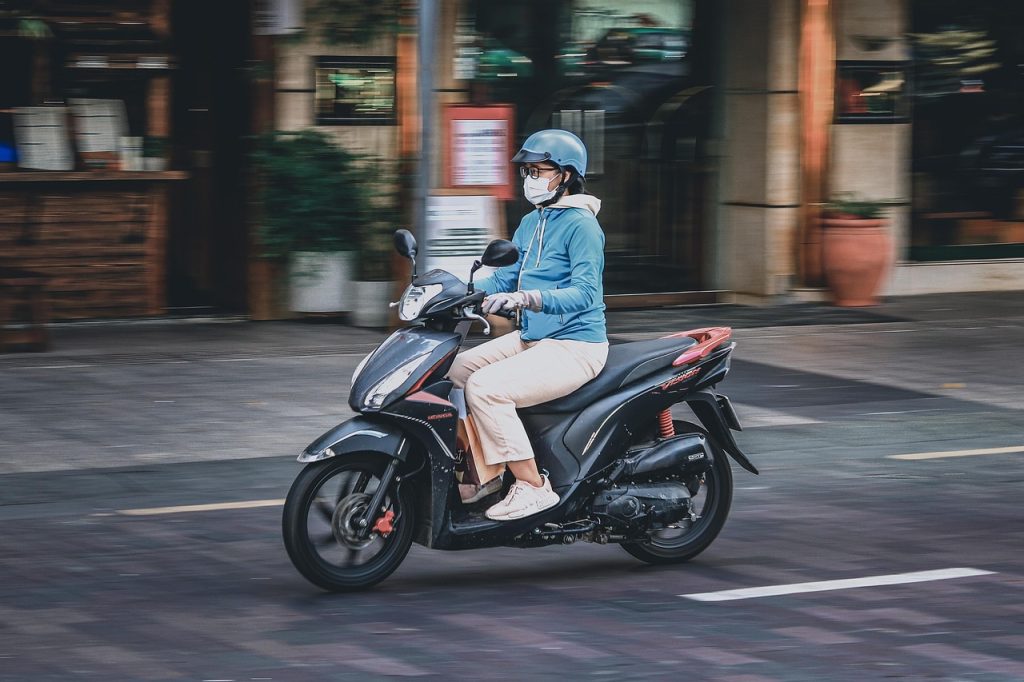Your toaster has a tiny coworker now.
Last week, Walmart quietly expanded its use of autonomous inventory robots across more Supercenters, after reporting faster shelf checks and fewer out‑of‑stock surprises over the holiday rush. The company says the bots roll aisles at night, scan barcodes with little laser eyes, and flag missing items before your morning coffee cools. Meanwhile, Amazon’s new Sparrow and Sequoia systems kept popping up in earnings chatter, with the company touting quicker fulfillment and fewer human backaches. And in fast food land, White Castle and Wendy’s kept testing AI drive‑thru voices and burger‑flipping arms—because nothing says “dinner” like a robot that never calls in sick.
None of this is sci‑fi. It’s Thursday.
These machines aren’t chasing you down the street; they’re doing the dull parts you don’t see. Think shelf scanning, box sorting, floor scrubbing—the chores we forget until they’re problems. In grocery stores, the bots catch when pasta sauce goes missing before a hungry mob notices. In warehouses, robotic arms pluck toothpaste and phone chargers with the grace of a caffeinated octopus. And in restaurants, AI at the speaker gets your “no pickles” right more often than Todd on hour nine.
You feel it in tiny ways. Lines a bit shorter. Deliveries a bit faster. The coffee shop sells oat milk again because a robot pinged the manager at 5 a.m. That little “huh, that was smooth” moment? Yeah, that’s the machinery humming under your day.
The punchline: robots aren’t replacing your barista. They’re replacing the part where the barista has to count lids at closing. They free humans for the human bits—fixing your cryptic order, making eye contact, recommending the cookie you didn’t know you needed. And when people aren’t stuck doing spreadsheet Sudoku, service actually gets nicer.
Of course, there’s the awkward part. Jobs shift. Tasks get carved up. Companies love “efficiency” the way toddlers love glitter: it gets everywhere. But the recent rollouts come with a pattern—fewer injuries in warehouses, steadier schedules in stores, and new roles like “robot wrangler,” which sounds fake until you’re the one rebooting a floor scrubber named Carl.
We’re already living with quiet automation—maps that reroute mid‑drive, fridges that tattletale on milk, vacuums that map your crumbs like cartographers with a grudge. Retail and restaurants are just catching up, swapping clipboards for sensors and guesswork for data that does not yawn.
So, how does your routine change? Slightly, constantly. You don’t notice the robot. You notice the absence of annoyance.
And if a machine helps your day glide 2% smoother, that’s not a takeover.
That’s customer service with a silicon wink.

